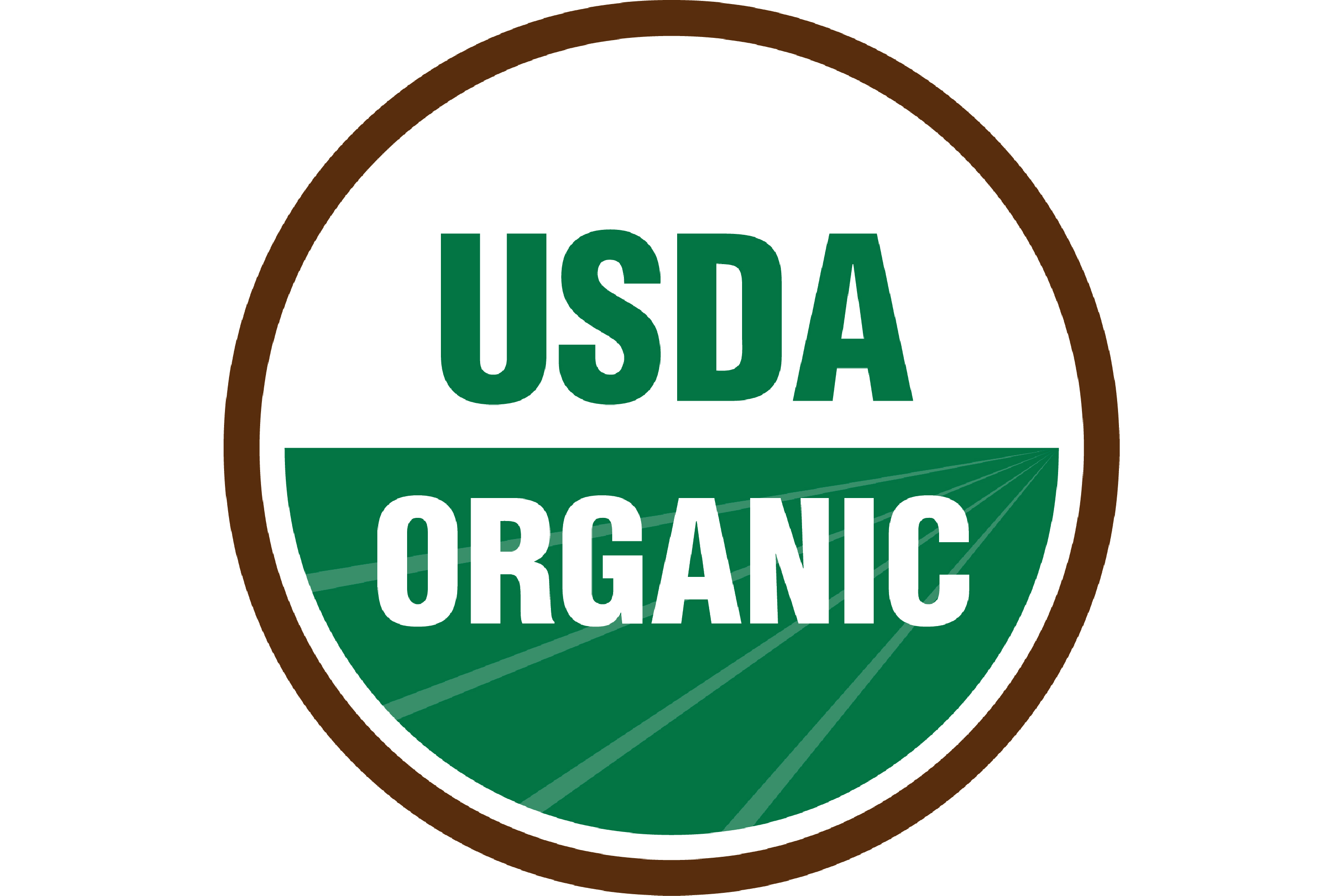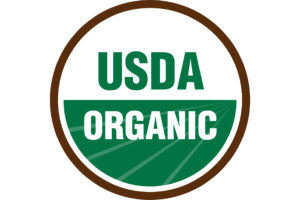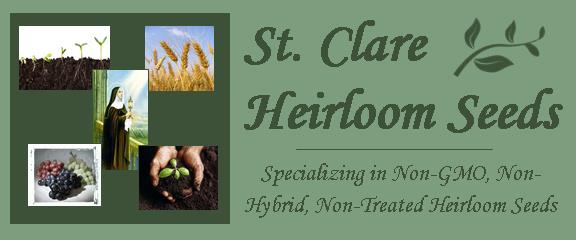
Florida State University
IFAS Extension

Organic food and other organically produced products are available to consumers in a variety of retail outlets, and the quantity and diversity of organic food and other organically produced products increases every year. The information that appears on an organic label is variable and depends on the percent of certified ingredients, as well as the manufacturer’s or supplier’s desire to advertise the product as organic. Thus, organic product labels can be difficult for consumers to interpret. In addition, many consumers lack a clear understanding of the regulatory significance of products bearing the United States Department of Agriculture’s “USDA Organic” label.
This EDIS publication briefly outlines the history of the USDAs National Organic Program (NOP), summarizes for consumers the benefits of government regulation of organic food products, and provides a guide for interpreting labels on products with organic ingredients.
In the 1940s, consumers, growers, retailers and other agricultural stakeholder’s reacted to the industrialization of agriculture to shape a new paradigm for agricultural production, an approach that avoided chemical inputs (Treadwell et al., 2003). Over time, consumer demand for organic food increased. By the 1980s, stakeholder’s in the organic-food industry had requested the creation of federally regulated standards to facilitate national and international trade. As a result of what had begun in the early part of the twentieth century as a grass roots effort, the Organic Foods Production Act of 1990 established the National Organic Program and the National Organic Standards Board (NOSB). The NOSB has created uniform standards for organic production and ensures consumer trust in all products labeled organic in the marketplace.
The NOSB is composed of 15 members from across the country, each appointed by the Secretary of the USDA. The Board provides recommendations to the Secretary regarding the implementation of the NOP. The NOP resides in the Agricultural Marketing Service, a part of the USDA. The process to develop national standards for the organic industry took more than a decade before the final rule became fully implemented in October of 2002.
In December 1997, the USDAs initially released proposed rule for organic agriculture had allowed use of genetically modified organisms (GMO’s), sewage sludge and irradiation. However, after receiving more than 275,000 negative comments about these inclusions from the general public, the USDA reversed its position on those issues. An updated version of the rule was re-released in March of 2000, and the NOP standards were adopted by the USDA in October 2002. The rule is dynamic and undergoes minor revisions on a regular basis.
All growers, handlers and processors who are certified organic must be compliant with these standards or risk losing their organic certification. Information for consumers and producers is available on the NOP web site: http://www.ams.usda.gov/nop/indexIE.htm. Additionally, the full text of the current standards is available in the Code of Federal Register — http://ecfr.gpoaccess.gov — Title 7, Part 205.
The NOSB defines organic agriculture as “an ecological production management system that promotes and enhances biodiversity, biological cycles, and soil biological activity” (USDA NOSB, 1995). Certified-organic production systems meet and maintain the stringent criteria established by the NOP rule and validated by an independent, accredited certifying agency. Certifying agencies may be private, for-profit or non-profit organizations, as well as public, state-run certifying agencies.
Agricultural systems — including, but not limited to farming systems, processing systems, and distribution systems — are certified organic when a certifying agency determines that these production systems comply fully with NOP standards. (For detailed information on methods of organic agriculture, see EDIS Publication HS720, Introduction to Organic Crop Production, http://edis.ifas.ufl.edu/CV118). Only agricultural products from organic-certified systems are permitted to bear the “USDA Organic” label. Other nations have similar organic programs, but all products imported into the U.S. as organic must meet the USDA’s NOP standards. Similarly, organic items exported from the U.S. may be subject to more or less stringent standards for production and marketing as established by the receiving country.
Consumers can rely with confidence on the organic-certification process, including the USDA’s strict enforcement of NOP standards. The NOP ensures food labeled organic is produced in a similar manner, regardless of the location of origin. In the U.S., all organic farms must manage their operations for 3 years (prior to harvest) before agricultural products can bear the organic label.
Highlights of the NOP standards that may be of special interest to consumers are summarized below: (Conventional farming systems are not legally obligated to conform to these regulations.)
- Livestock in certified-organic systems are not allowed to receive preventative antibiotics, parasiticides, or other synthetic drugs. (Synthetic is defined as those substances manufactured by a chemical, rather than biological process). If livestock are sick, they must be treated with all appropriate medications until restored to full health. Farmers with certified-organic systems are not allowed to withhold prohibited medications simply to maintain an animal’s organic status. However, livestock products from animals treated with antibiotics or other prohibited drugs are not allowed to be sold with the organic label.
- Livestock in organic systems are not allowed to receive growth-promoting hormones, such as recombinant bovine growth hormone (rBGH). In 1994 the United States Food and Drug Administration (FDA) approved use of this genetically engineered hormone. The FDA has stated that milk from cows receiving rBGH is not harmful to humans and differences are undetectable between milk produced by cows that are treated with rBGH and cows that are not treated with rBGH. Nonetheless, the NOP prohibition against the use of this hormone in organically produced milk remains important for many consumers.
- The NOP standards prohibit use of formulated pesticides that contain ingredients classified by the United States Environmental Protection Agency (EPA) as “high risk” to humans, livestock, fish, and other organisms. Crop-pesticide inputs in organic systems are largely limited to pesticides composed of plant or microbial extracts, minerals, or live beneficial organisms. Additionally, certified-organic producers must make every attempt to manage pests with cultural, biological and ecological methods before applying the NOP-approved formulated pesticide.
- Residues of NOP-prohibited pesticides that result from accidental (and unavoidable) contamination are limited to 5% of the established EPA Tolerance in order for that food to be labeled organic. The EPA Tolerance limit is based on that agency’s determination of the potential risk individual pesticides pose to human health. The EPA-allowable amounts of pesticide residue typically range from parts-per-million to parts-per-billion. (Additional information on EPA Pesticide Tolerances is located at: http://www.epa.gov/pesticides/regulating/ tolerances.htm.) However, because pesticides allowed by the NOP for use in organic production have been demonstrated to pose minimal health risk to humans, rarely do these pesticide materials require testing by the EPA for Tolerance limits.
- To minimize the risk to food safety from human enteropathogens (like E. coli E157:H7), the application of raw manure in organic-certified agricultural systems is strictly regulated to no less than 120 days in advance of the harvest of a crop that touches the soil (such as watermelon). For a crop that does not touch the soil (such as sweet corn), application of raw manure is restricted to no less than 90 days prior to harvest.
- Similarly, compost manufacture is strictly regulated for organic producers. They must document the raw materials used in the compost. Additionally, because high temperatures and oxygen are needed to kill human pathogens, organic producers must meet or exceed NOP requirements for temperature and turning, a practice that further minimizes risk to food safety.
- Genetic modification of organisms in any way not possible under natural conditions is prohibited for organic producers. This NOP rule excludes organic producers from using many well known genetically modified crops, such as herbicide-resistant corn and soybeans, as well as insect-resistant cotton. Genetically modified crops are regulated by the USDA, the EPA and the FDA. Consumers interested in the complete list of bioengineered foods (none of which can be marketed with an organic label) should consult the FDA website: http://vm.cfsan.fda.gov/%7Elrd/biocon.html.
- Processed organic products are free from artificial flavors, colors, and preservatives with very few exceptions.
- Certification agencies are audited by the USDA annually. Agencies that do not follow the NOP standards risk losing their accreditation.
- The NOP’s administrative system of certification ensures the integrity of organic products by verifying that the producer is following organic-production standards defined by the NOP rule. The detailed documentation the NOP requires also provides consumers with another benefit. Should concerns of food safety arise over a product, this extensive record-keeping system ensures organic products are readily traceable. Thus, the NOP standards facilitate investigation and a quick response by appropriate agencies to food-safety issues.
- The NOP standards ensure that all products labeled as organic meet or exceed the standards established in the U.S. regardless of country of origin.
Any producer with gross sales exceeding $5,000 per year and advertising products as organic must be certified with an accredited certification agency.
Organic producers with gross sales totaling less than $5,000 per year may become certified if they wish. If these small producers do not choose to be certified, however, they may verbally communicate to customers that they are using organic methods of production.
Producers who are not certified organic are not allowed to display the “USDA Organic” label on their products or otherwise advertise their products as “certified organic.” The NOP rule provides severe penalties for misrepresenting products as organic.
Labeling of organic products in the marketplace is regulated by the NOP. The use of the organic seal is not a requirement, but producers who identify their products as organic are obligated to identify their certifying agency with a written statement on processed products. Several types of documentation may be used to designate organic products, depending on the amount of organic agricultural ingredients and NOP-approved nonagricultural ingredients a processed product contains. For single-ingredient agricultural products, such as raw fruits and vegetables, understanding the product claim is simple; if it is certified and labeled as organic, it is 100% organic.
- 100% Organic = 100% of ingredients are certified organic, excluding salt and water.
- Certified Organic = 95% of ingredients are certified organic, excluding salt and water.
- Made with Organic Ingredients = At least 70% of ingredients are certified organic, excluding salt and water.
- No Label Claims = Less than 70% of ingredients are certified organic.

